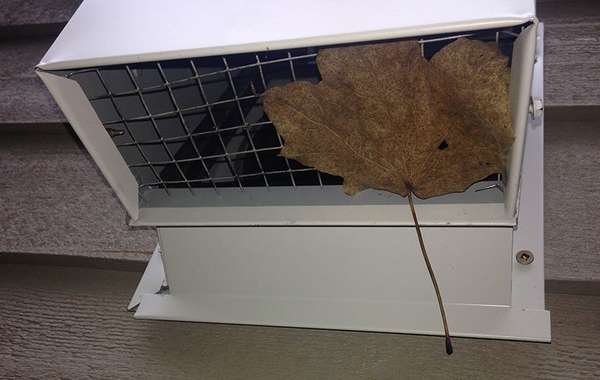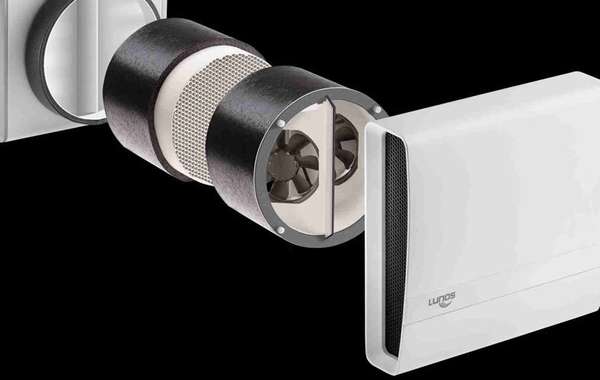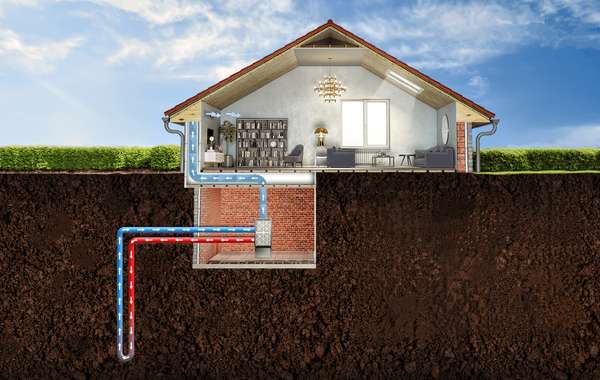How do you install a ground loop for an HRV?
I have been researching HRV/ERV systems for when we build our house in the next few years. That stated, I have never seen a system in person and do not know exactly how they work.
A question that has come to mind is the position of the ground loop fluid heat exchanger, and if it would be beneficial to have two, one on each side of the HRV. I understand using the ground loop fluid to preheat the air in the winter prior to entering the HRV but would in not be beneficial to have a second ground loop heat exchanger after the HRV in the summer?
This would allow for the coldest source (ground loop fluid) to effect the greatest change on the air after it has partially been cooled by the HRV. This loop could also be used by a SHWH to heat the air in the winter also bringing a further energy savings. Especially as a house is often empty during the day when the greatest Solar energy gain is available to the SHWH.
Is this theory correct or am I missing something on the way the system works, or is it simply to cost/complexity prohibitive?
Thank you in advance for any knowledge you can impart.
Lee





























I am not entirely sure what you mean by a ‘second ground loop’ after the system but I’ll take a shot at an explanation anyway. The intake and exhaust direction never change, so what leaves the HRV or ERV is nothing but stale air you are exhausting to the exterior so there is nothing you need to do with that air. I may be missing something in your question and please feel free to elaborate if the following doesn’t properly address your question, but it’s a good topic so I’m going to go through the basics.
An HRV or ERV is a centralized ventilation core where incoming air is pre-heated or pre-cooled by exhaust air. No heating or cooling coil is present, you are simply running a fan, and a heat exchange takes place in the core. Read more here about choosing between an HRV and ERV here.
To soup that up a little, some builders will install a ground loop as you mention, and I’ll start with a basic explanation of that as well along with its drawbacks -
A classic ground loop pulls air through a long 6-inch pipe below grade (often accompanying footing drains) to feed pre-heated or pre-cooled air into an HRV. They work well to help reduce heating and cooling costs, however, there are air quality concerns if they are not done properly.
We would first give you an idea of what problems they can bring – as the tubes are below grade, on a hot day they will be much cooler than the air they are drawing in. So there is a risk of condensation forming as warm, humid air come in contact with those tubes. That, combined with any organic matter that may find its way in (which can be as little as a buildup of pollen in the spring) creates an environment where mould (or 'mold' for US readers) can form and introduce mould spores right into your ventilation system.
There are some people that swear by ground loops and dismiss the risks, so if any readers plan to construct one I would be sure that at the very least you ensure they are graded in a way that would allow any water to drain out.
To now address the fluid ground loop portion of your question:
This involves running a ¾ pex loop through the ground (with a glycol mix to prevent freezing) and have the incoming air run through a heat exchanger coil. This way you can get the benefits of the stable ground temperature but eliminated that risk of contaminating your air quality.
That same warm humid air can instead condense on the heat exchange coil, so you need to make sure you have a way to collect that moisture. This will offer minor benefits in terms of dehumidifying the air.
Systems such as this are not terribly hard to Jerry-rig yourself, but you can also buy a plug-and-play system from Zehnder, which is a favourite brand with Passive House builders.
As for how to design the system, you are into the higher end of building efficiency here so if you have limited knowledge in this field I would highly recommend looking into designers or HVAC contractors experienced with such systems. Passive House certified designers would probably have a lot of good ideas to pitch you, as well as knowledge about the types of systems you are talking about here. If that doesn't answer your question let us know, and feel free to let us know what you finally decide on.
Hi Lee, Have you had any success with a system like what you have described? I am also very interested in a similar system and am looking for any information! Thank you!